
Simplify, Simplify
T
he other day I wanted to hear my friend guesting on a podcast, but the host was such a gas-bag that I had to stop without getting to hear her. He seemed to think he was the Charles Dickens of podcasts, getting paid by the word.
After five long and boring minutes of him talking about himself, and no way to skip ahead in the recording, I gave up. This is what I call “audience abuse” and it should be illegal.
One of the cardinal rules when speaking, whether in person, on camera or other platform, is to get to the point as soon as possible. It will make life much more pleasant for all concerned.
This is definitely something I’ve noticed a lot more since we’ve all been forced onto Zoom in this past year. Some people seem to think that because we have nowhere to go that we must also have all day. Not so! Preamble that rambles is not the way to build momentum, and waiting through several minutes of filler to hopefully get to the meat of the matter is tiring and vexing.
If you’re fortunate enough to have an audience, take care of them. Be forthright, succinct and show them you respect their time.

Pick It Up (a Notch)
T
his week’s homework in my Client Communications class was the cause of much wincing and discomfort. The dreaded assignment was to record themselves leaving three different voice messages to potential clients, colleagues etc. You’d have thought I asked them to recite their most painful memories.
Many said that they don’t like the sound of their voice, which is common, and if you Google it you’ll learn the science behind this. But the fact is, phone skills are still vital to conducting business…texting and emailing alone won’t get the job done. You have to be able to speak with confidence and conviction when you’re having business conversations.
Young people are growing up digitally and not learning the basics of talking on the phone. Oh, the irony…when I was growing up parents everywhere complained about how much time their children spent on the phone. For my sixteenth birthday I was given my own phone line and number, and spent hours on it.
If your own phone skills are weak or non-existent, I have one piece of advice for you: start slow and easy by making a few phone calls. Low-stakes calls at first, to help ease you in to the practice. And if you don’t have a headset, they make a huge difference in comfort while you’re on the call so think about getting one. When I’m on a coaching call, I have the freedom to walk around or sit and take notes and I don’t lose any energy trying to manage the phone itself.

Once you start, you will certainly experience the benefits of a call…you get a lot more information when you hear not just what the other person is saying, but the all-important how they’re saying it is what really informs.

Enough With the Phony Familiarity
T
rends in business communication shift with the times, as they should.
During my early days as a public speaking coach, the fad (never a good one) was to “Tell them what you’re going to tell them, tell them, and then tell them what you told them!” Pure bunk and fortunately no longer in vogue.
Being under lock down has had its own influence on how we talk shop, some good and some extremely vexing. I’ve been able to coach online classes on how to Upgrade Presenting Skills for Zoom, and the results are deeply gratifying- formerly shy, introverted senior level people have absolutely bloomed. Confidence is shored up. Meetings become engaging once people understand how to speak on/camera.
Now I’m seeing an annoying trend and to anyone out there who thinks it’s clever, think again. It’s e-mail abuse, in the form of familiarity:
“Hi Katie, I hope you’re doing alright and are in a good place…are you? You’ve probably noticed from my emails lately that…” These are from people I’ve either never heard from, or else haven’t heard from in a dozen years or more. So no, I haven’t noticed anything lately and this approach guarantees that I never will again.
Please don’t make that mistake out of sheer desperation. Or another type- my husband got a jocular work email, much the same fake friendly but with the added touch of the sender in a highly inappropriate outfit and pose.

Enough With Slap-Happy Webinar Hosts and Guests
M
y husband wonders why I watch so many webinars, often to complain about them later. I watch to try to learn new stuff, but the tone of many makes them irritatingly unwatchable.
When was it decided that when you’re on/camera, you have to present a hyped-up, big-smiling, wildly excited persona? We’re not selling used cars here, yet mute the sound and it sure looks like it. How many times can we hear “Awesome!!!” “Amazing!” “Great question!” “I’m so excited about this webinar!” without running out of the room in despair?
It can be exhausting just trying to figure out what they’re actually talking about, which too often is precious little. After all that fuss.
Please take a moment to consider who you really are and how to project that on/camera, rather than copying what you see others doing. One Gary V is enough. A few tips on being authentic on/camera:
- Be prepared. If you’re working with scripted material, rehearse it until you’re comfortable and know the flow of it.
- If it’s improvised content, know who’s involved and what the overall plan or goals are.
- Cool it on the caffeine. When we’re “on” we naturally get a spike in adrenaline, so we don’t need to add too much caffeine into the mix. Try herbal tea instead.
In the past week I’ve watched maybe eight webinars and of them, only one got it right. Three women shared the content seamlessly, all were well-spoken and prepared and none felt the need to gasp about how happy they were.
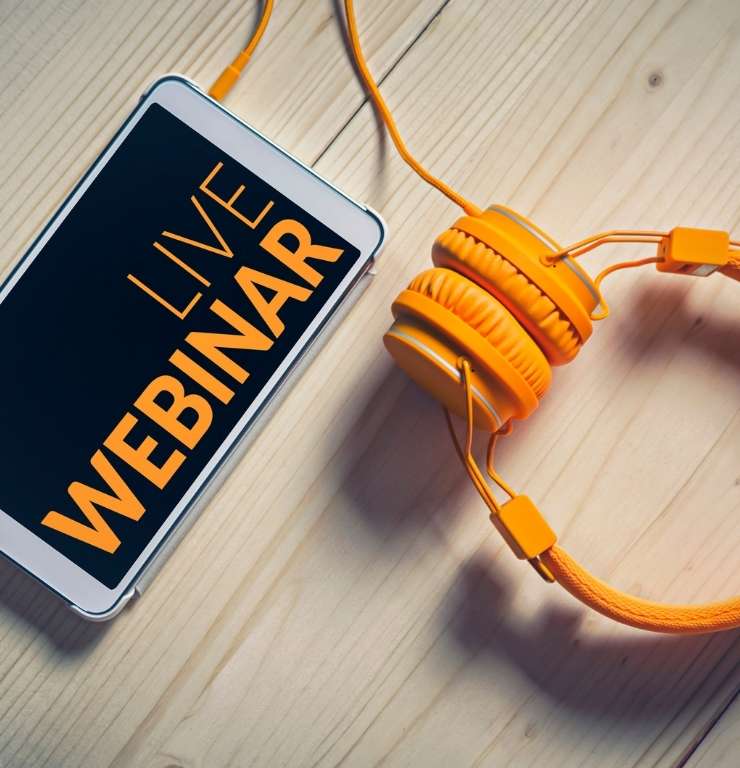
The result? An excellent listening experience for me, on the subject of mind set and how to manage it. Informative, uplifting and thank you to Judy Goss of What Women Want for hosting it.
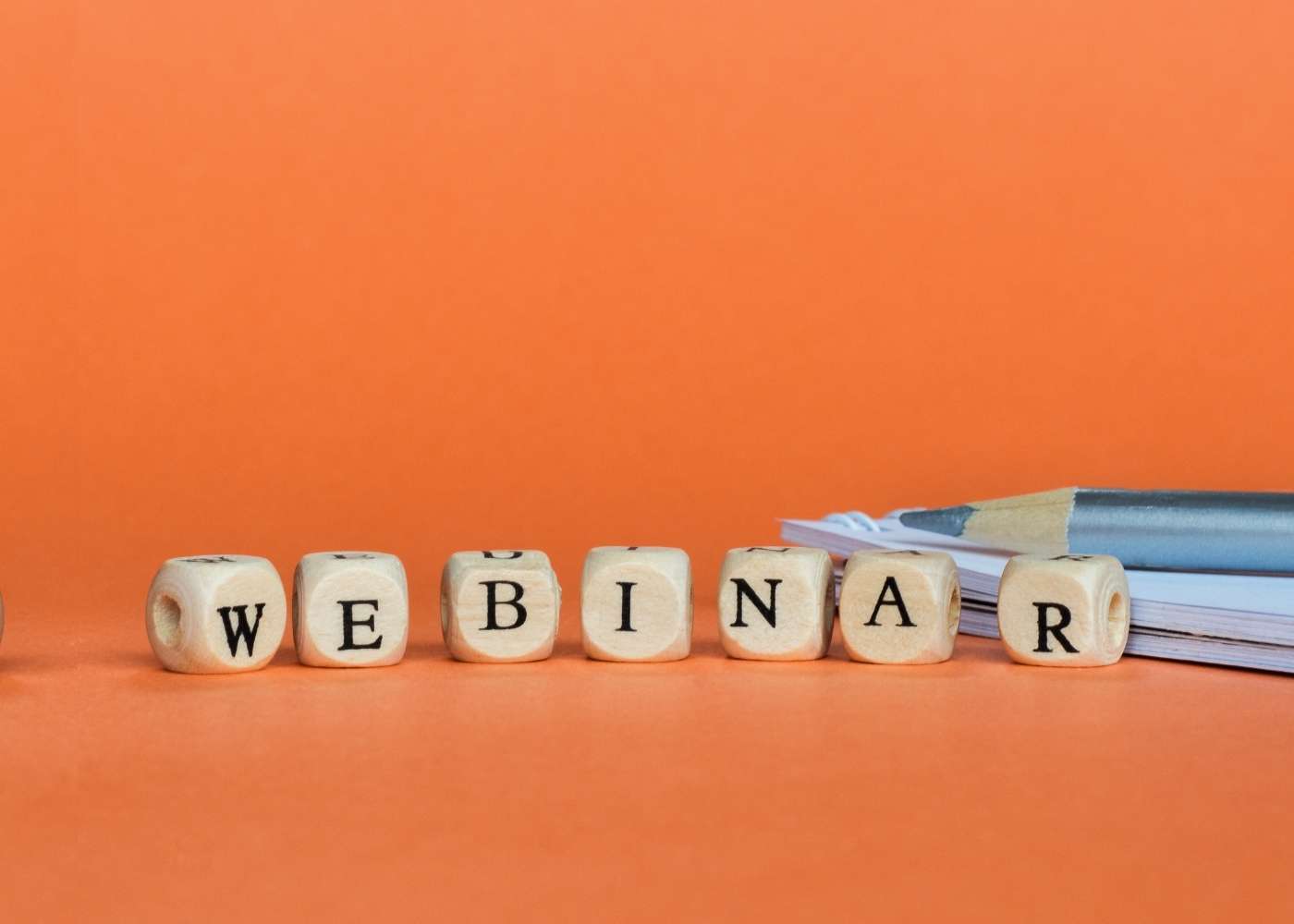
Webinar Success Tips
W
hen I gave a webinar a few weeks ago, the subject of which was “Meetings You Won’t Want to Miss” I was shocked to learn that after speaking for 45 minutes on the subject… I still had 387 attendees and they had questions. About meetings??
Well…yes. And the point is that just about any subject can be made engaging if you make the right choices. In my case, I was asked to speak on the topic of meetings and I said I would but… I had misgivings. Meetings are boring, for the most part. People don’t like them. So I decided to state that at the very top-to confess my own negative impressions and take it from there. Choosing to open with the “elephant in the room” is stronger than ignoring it. If your topic is similarly bogged down with a negative reputation, it’s good to address it up front.
The other strong choice that I made was to include visual slides (cartoons, photographs etc) that were humorous. This works well for two reasons:
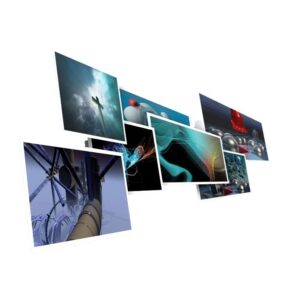
- images convey information much more quickly than words, so you don’t have to belabor the point
- the attendee is compelled to look at the screen, rather than just listening
The people running the event were able to see when attendees were actively engaged with their screens (I don’t know how as I wasn’t privy to that info) So in addition to having images to look at, I also had some simple bullet points on slides, which I did not read to them. It is the kiss of death, and most presenters make this common mistake. Listening to someone else read what is already written is dull, and slows your pace way down. Instead, allow a few seconds of silence when the bullet points come up. That way your audience can read it in peace, and your comments can pick it up from there.
Webinars are one of the most challenging forms of presenting to pull off well. They require a lot of preparation, and an understanding of language, both written and spoken. But they are well worth it for their ability to enable you to connect with larger audiences and to take questions
One of the biggest points I got questions on was my suggestion to make all meetings “Device Free” and having a collection basket placed by the door. What a difference it makes, and can kill the desire for a meeting in the first place! I recently did this at a dinner party, and I don’t know who took it worse at first- the teenagers or the over 60 year olds. It turned into a great success, and no one got hurt in the process.
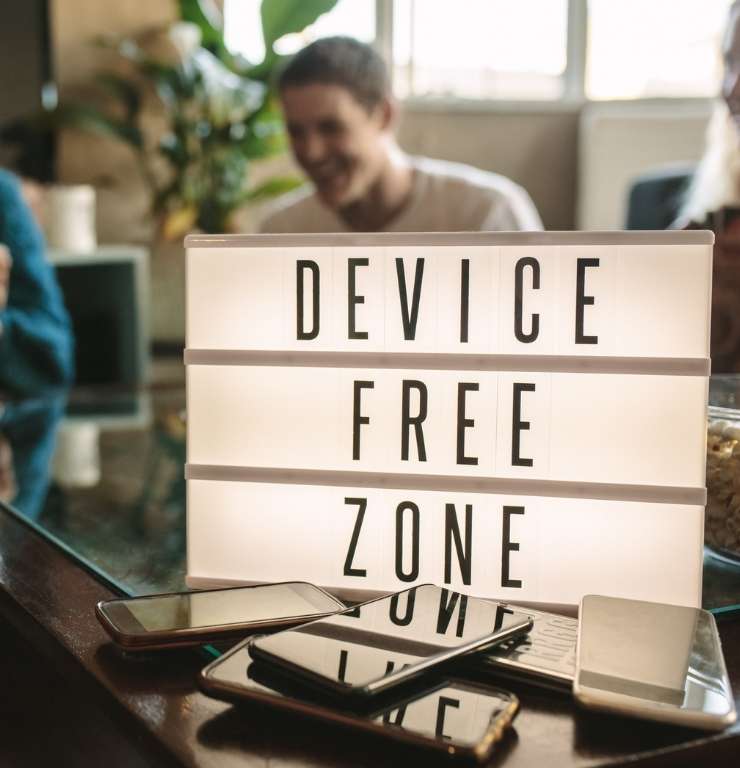
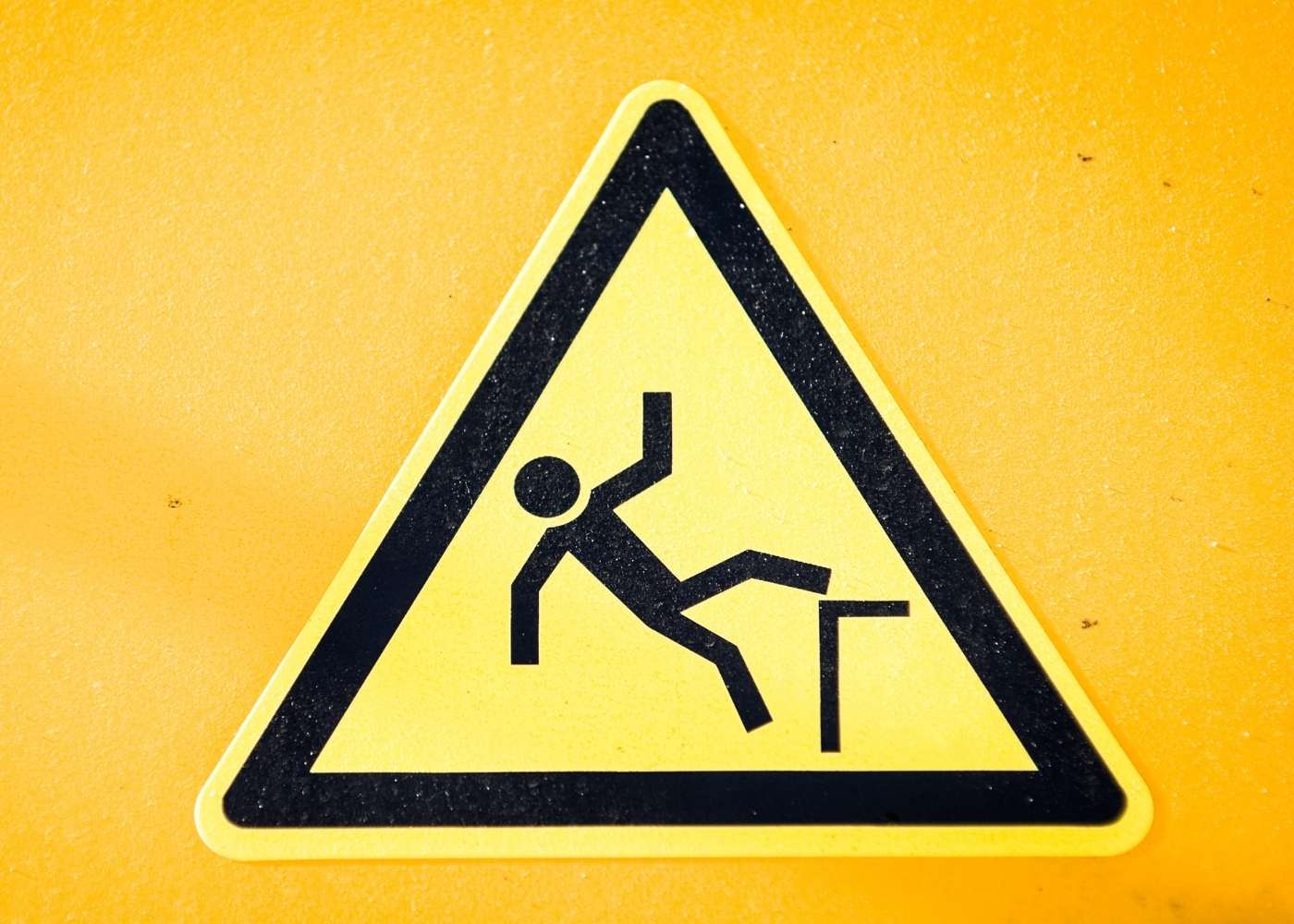
Taken a Tumble Lately? Webinar Disaster Update.
Taken a tumble in life lately? Did it hurt or scare you? Most important, what did you do after you fell? How did you process the experience, and what did you learn? Did the pain ease, or is it still there?
When I confronted my techno-phobia a few weeks ago, and managed to scare myself even more than I’d ever thought possible (I was sweating gum drops!) I was able to get through it, calm down and keep my wits about me. However, it took a hefty chunk out of my central nervous system. I hadn’t really conquered my fear, merely confronted it.
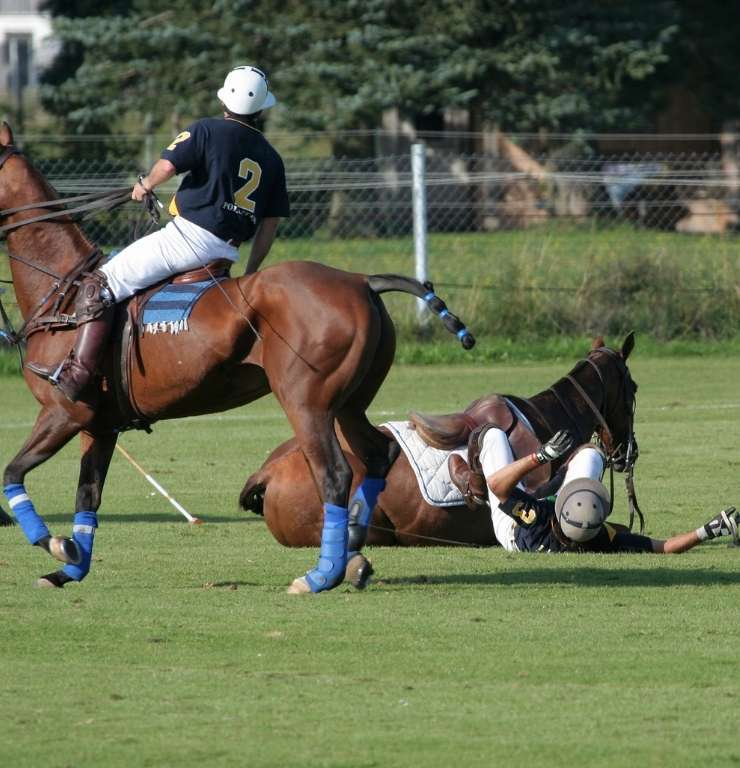
All equestrians know that if you fall off your horse, you get up and re-mount immediately. If you don’t, the fear of falling can take hold and grow, and by the way, it hurts. With this in mind, I scheduled another webinar for the following week. It had to be done quickly, before I had too much time to think about it.
Webinars are a breed apart, when it comes to the many different ways to communicate our business messages. I’ve worked across all platforms and to host webinars or conduct online courses, and do them well, takes a combination of skill sets that humbles me. So I practiced a lot, and got familiar with the control panel for Go-to-Webinar; I wanted to fly solo for this one.
You know what? It was just fine…smooth execution, relaxed focus and able to be both “in the zone” but also have an eye on the panel that showed questions, raised hands, how much time I had left etc. I had control now, where I’d felt out of control before, and it was as exhilarating as it was empowering.
Moral of the story: “Don’t let your fears make you foolish.”

I Had a Panic Attack Before My Webinar on Stage Fright…Here’s How I Survived.
Oh, the irony! I decided to confront my fear of tech issues by hosting a webinar on public speaking, including how to be interesting and managing stage fright. I know that fear holds a lot of us back-in different ways of course, but it’s always getting in the way and never really helps a situation.
My wing man was in place, to help me manage the tech end. The platform was Go-To-Webinar, and I made sure to get in and do some rehearsals on my own, before a 4 pm start. That’s when I got myself into trouble. I started clicking things within G-T-W, and somehow locked myself out of my account, at 3:55pm.
So you know what I did? I panicked. I couldn’t think, or read the prompts on the screen, or even breathe. The very thing I’d been afraid of was happening and I was helpless. My wing man emailed me, saying he was locked out. My mentor called on the phone, to ask what was going on. All I could do was email back, “I am dying.”

Because that’s what it felt like. The wave of anxiety was…huge! When I finally got in, it was 4:09. My voice was shaking, and so were my hands, but I was in. I hit the record button and let everyone know the truth…that I was agitated and uncomfortable. Then I followed my own advice, by getting my breathing under control. Slowed it down, settled deeper into my chair, and regained control of my wits. Because I’d prepared the presentation, I was able to more or less follow my prep, with a few detours.
When it ended, I heard from some people right away, saying nice things. I couldn’t believe them until I watched playback (nerve-wracking) but it turns out that most of my nerves really don’t come across, which is what I’m always telling my speakers. The internal experience of stage nerves is always much more acute than what the audience perceives.
My husband wanted me to edit out my first few minutes of the webinar, because he thinks it makes me seem weak. I completely disagreed, and posted it on YouTube, precisely so people can see that we ALL have our moments that challenge and scare us. Just go with them, don’t fight, and keep breathing. You’ll be just fine.
